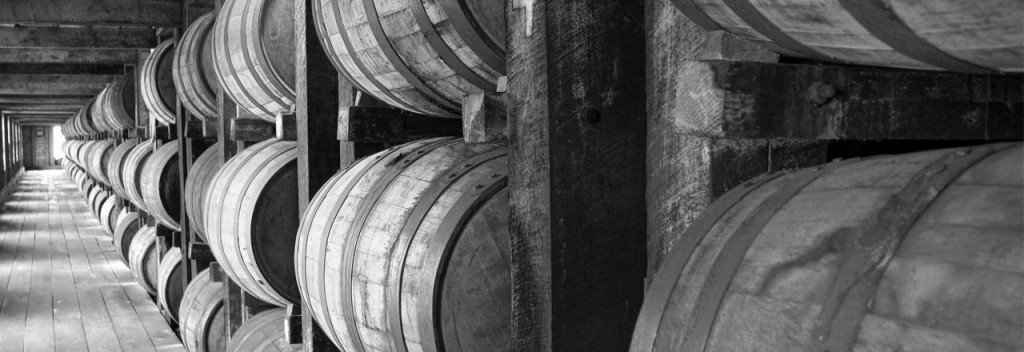Beer is not beer without yeast. Yeast is what turns the sugary malt water, known as wort, into the beer we all know and love. Almost the entirety of the beer world can be divided into two families: ales and lagers. These two groups of beer are what dominate the global landscape, but as with anything, there are always little pockets of historical holdouts that keep doing things the way they’ve always been done. When it comes to beer, Belgian Lambic is one such holdout.
Lambic is arguably one of the oldest methods of making beer; unchanged by time and industrial process. Ale and lager yeasts are cultured and added to a beer in controlled pitches, with predictable outcomes. Lambic, on the other hand, is left to chance- to spontaneous fermentation, letting the “wild” in, and a complex array of airborne yeasts and bacteria that are left to mingle with wort and slowly ferment in large oak casks for, sometimes, years. Many Lambic producers have gone out of business in the last couple of decades due to a lack of interest through the 70’s to the 90’s in the European and North American markets. A select few breweries have remained open and Lindemans is one of them.
Lindemans have been producing Lambic styles since 1822. Over that time, they have become one of the biggest producers of Lambic beer in Belgium. They’ve expanded their offerings from the original Gueuze and Kriek styles, to beers like Framboise and Faro, Peche, and the ever elusive Spontanbasil.
This 6th generation family brewery even supplies wort to some of the smaller lambic producers, as the real art in gueuze (blended lambic) beer is in the blending of various aged beer, and not all small producers actually have equipment to make their own.
Even during WWII Lindemans was able to brew once a month and in 1961 they introduced the Oude Kriek, where blended gueuze is put back in cask with fresh cherries to re-ferment on the fruit sugars and pick up a vibrant red colour along with intense aromas and flavours of cherry. As of 2013, construction finished on an expansion of the brewery now allowing for much more cellaring space to hold the oak barrels needed for this style of beer.
Lindemans exports it’s delicious beer all over the world. If you’ve never tried Lambic beer before, you won’t find a better place to start. Lindemans is able to offer a very high quality product for usually much less cost to the consumer. The world of Belgian Lambic can demand some exceptionally high prices, as many producers make very small quantities and the average Gueze takes 2-3 years to make. These beers also age very gracefully and, with proper cellaring, they can outlast many wines. We carry a few different styles, but whether it’s to cellar, or trying for your first time – I recommend either the Oude Gueuze or Kriek. Both are very complex with funky barnyard aromas and a refreshing tart mouthfeel, they can take a little getting used to, and they definitely won’t taste like any other beer you’ve ever tried before – go into it with an open mind, you’ll be greatly rewarded!

